
Great Shag
Phalacrocorax carbo
Also known as: Black Shag, Kawau


Phalacrocorax carbo
Also known as: Black Shag, Kawau

The great cormorant, known as the black shag or kawau in New Zealand, is a striking native bird found throughout Aotearoa. About the size of a small goose, this sleek water bird cuts an impressive figure with its long neck and hooked bill. Its presence along our coasts and inland waterways adds a touch of prehistoric elegance to New Zealand's birdlife.
1. Breeding adults have white patches on cheeks, throat, and thighs; non-breeding birds are all black
2. Long, snake-like neck and hooked bill, giving a prehistoric appearance
3. Often seen perched with wings spread out to dry, forming a cross-like shape
Black shags are expert divers, plunging up to 10 meters deep for fish. They breed year-round, with peak activity in autumn and winter. Pairs build large stick nests in trees or on cliffs, often in colonies. While populations are stable, they face threats from habitat loss and persecution by some who view them as competition for fish.
Look for black shags near any body of water in New Zealand, from coastal areas to inland lakes and rivers. They're active throughout the day but are especially visible during early morning and late afternoon when feeding. Watch for them perched on rocky outcrops, trees near water, or artificial structures like piers. When fishing, they dive gracefully from the surface, disappearing for up to a minute before resurfacing. Tip: Scan the water's surface for their distinctive silhouette, often only the head and neck visible above water.
Known as kawau in te reo Māori, the black shag has been part of New Zealand's ecosystem for centuries. It features in Māori folklore and was sometimes used for food. Despite past conflicts with fishers, there's growing appreciation for its role in maintaining healthy aquatic ecosystems and its striking appearance along our waterways.
84 cm
2200 g
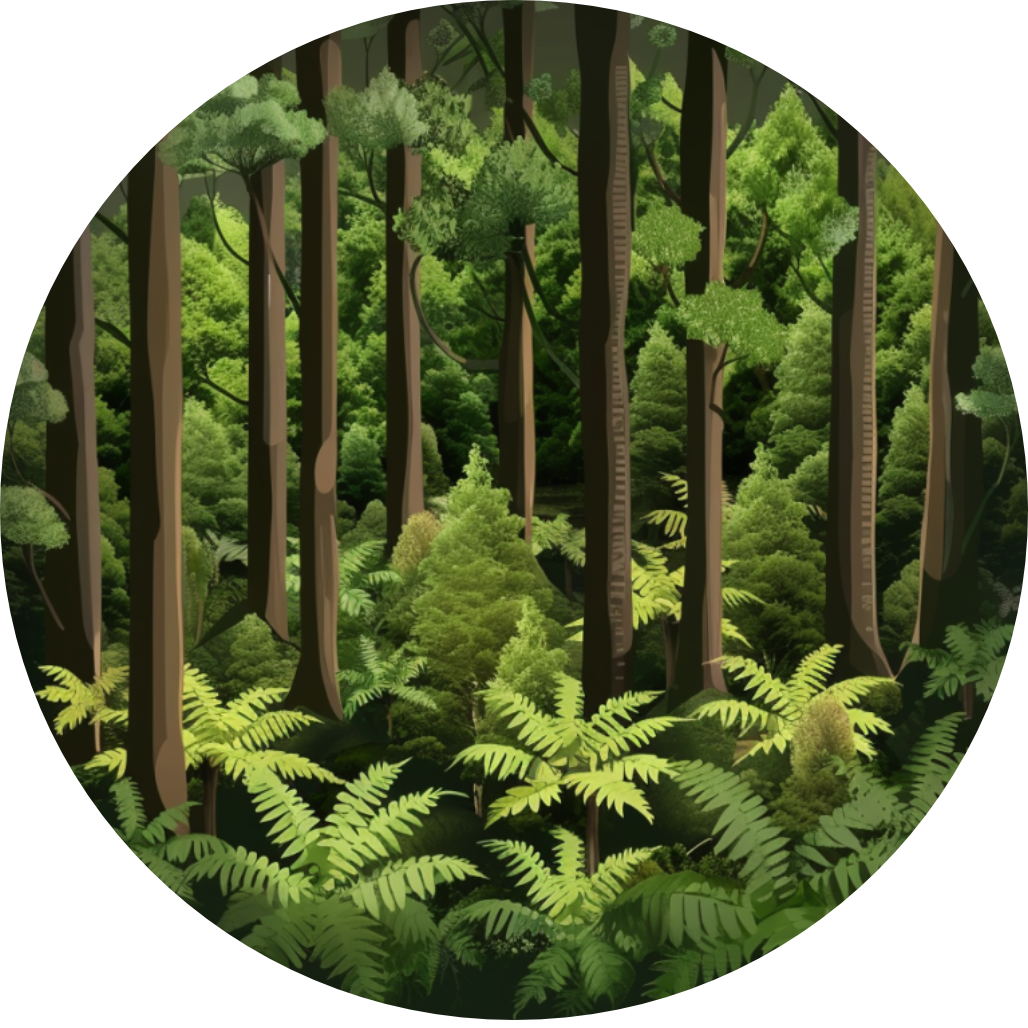
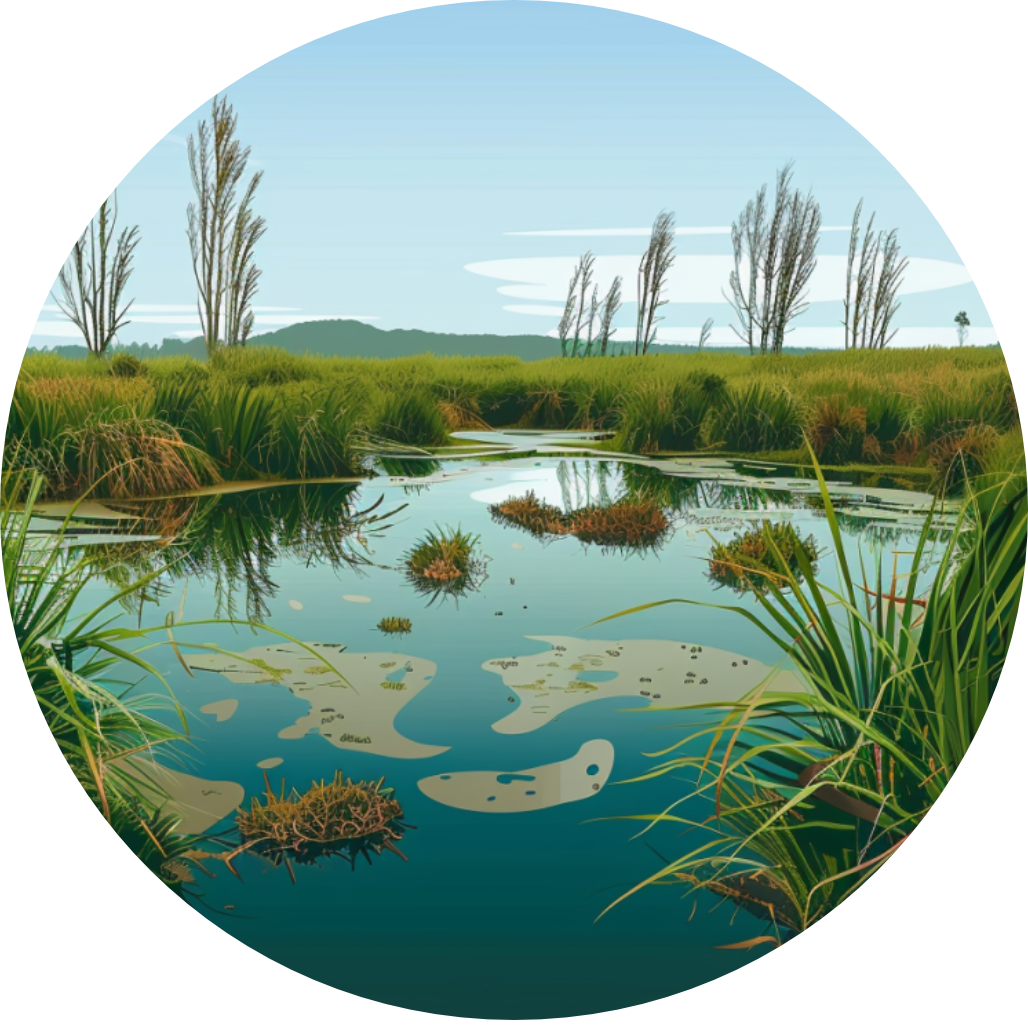
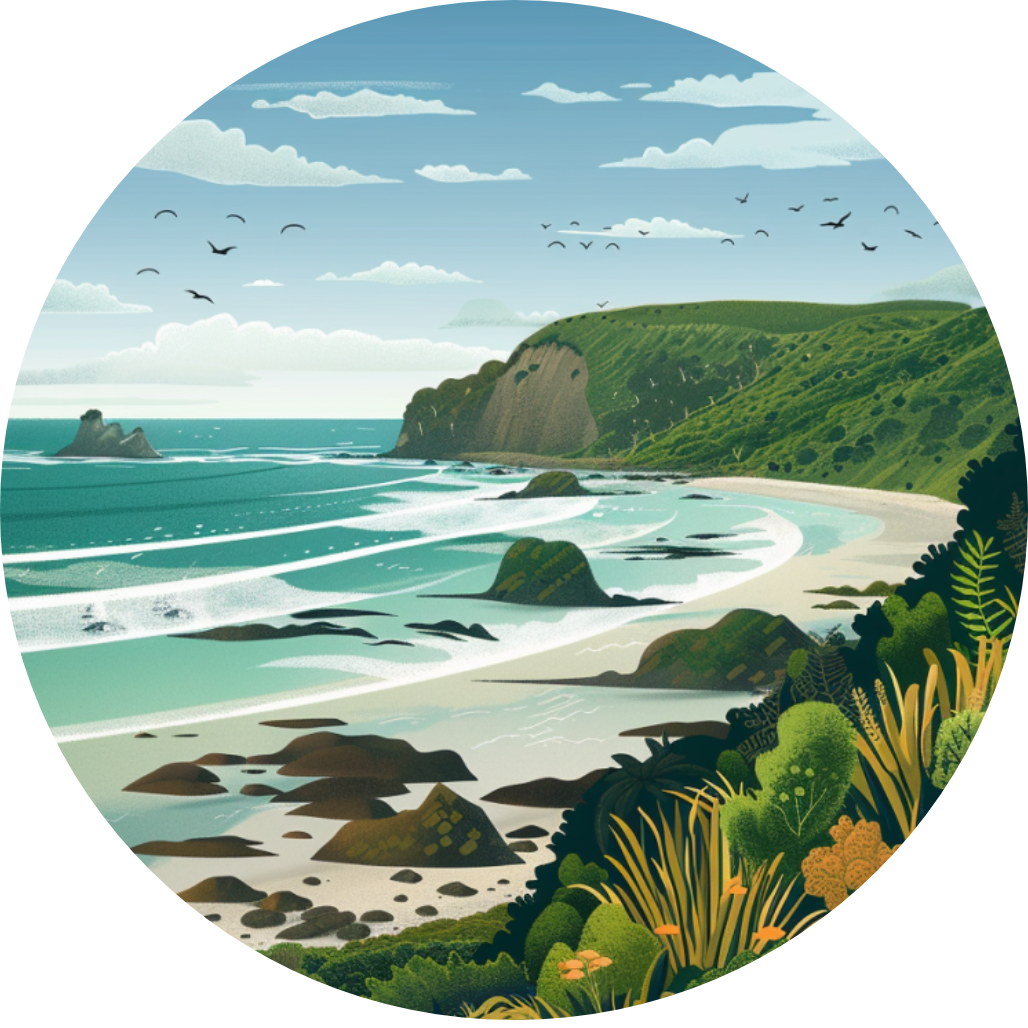
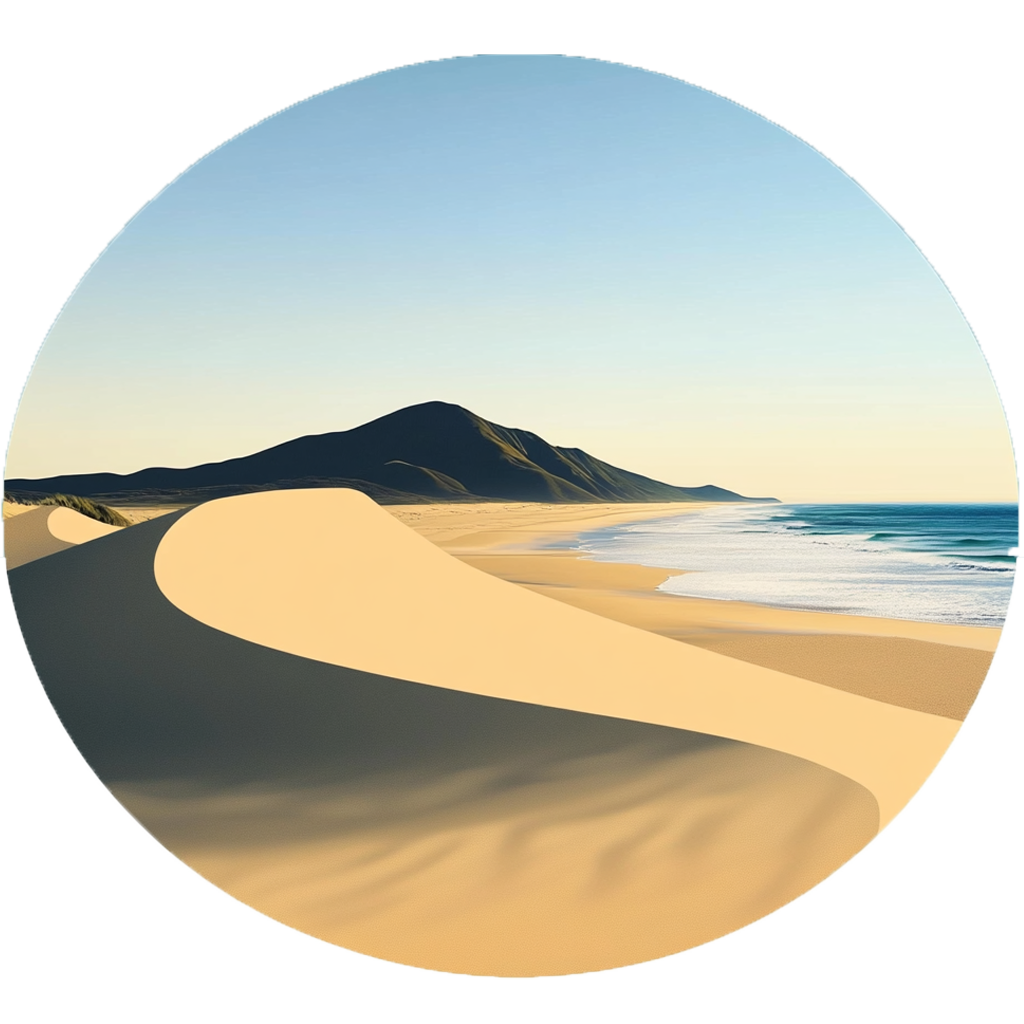
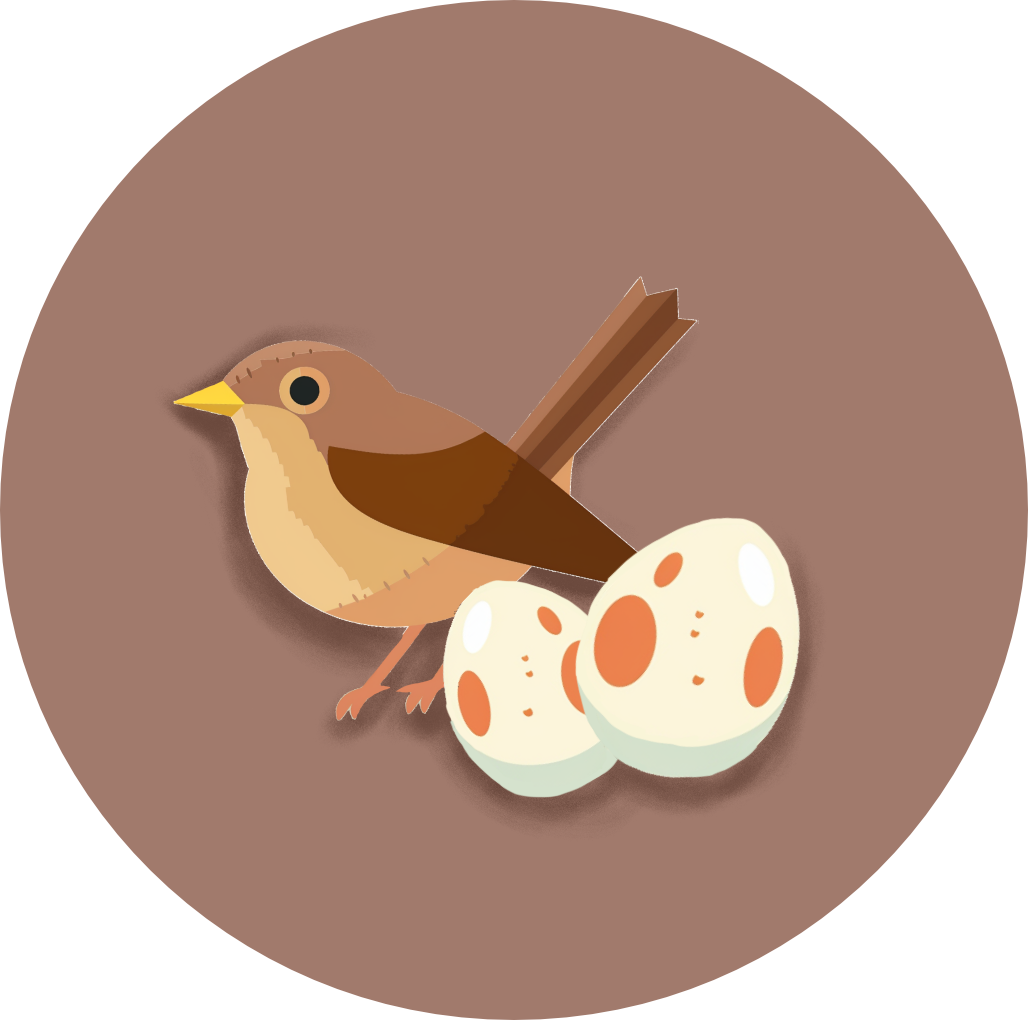
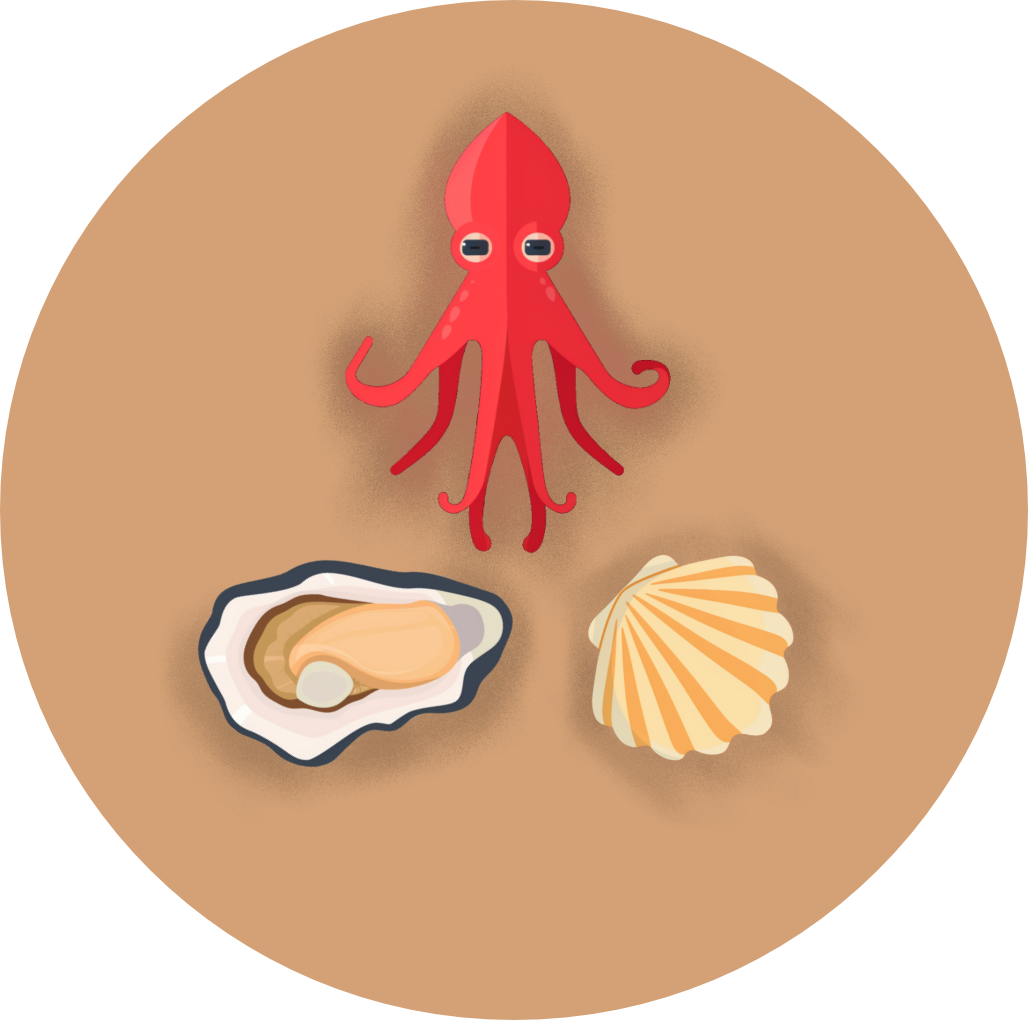
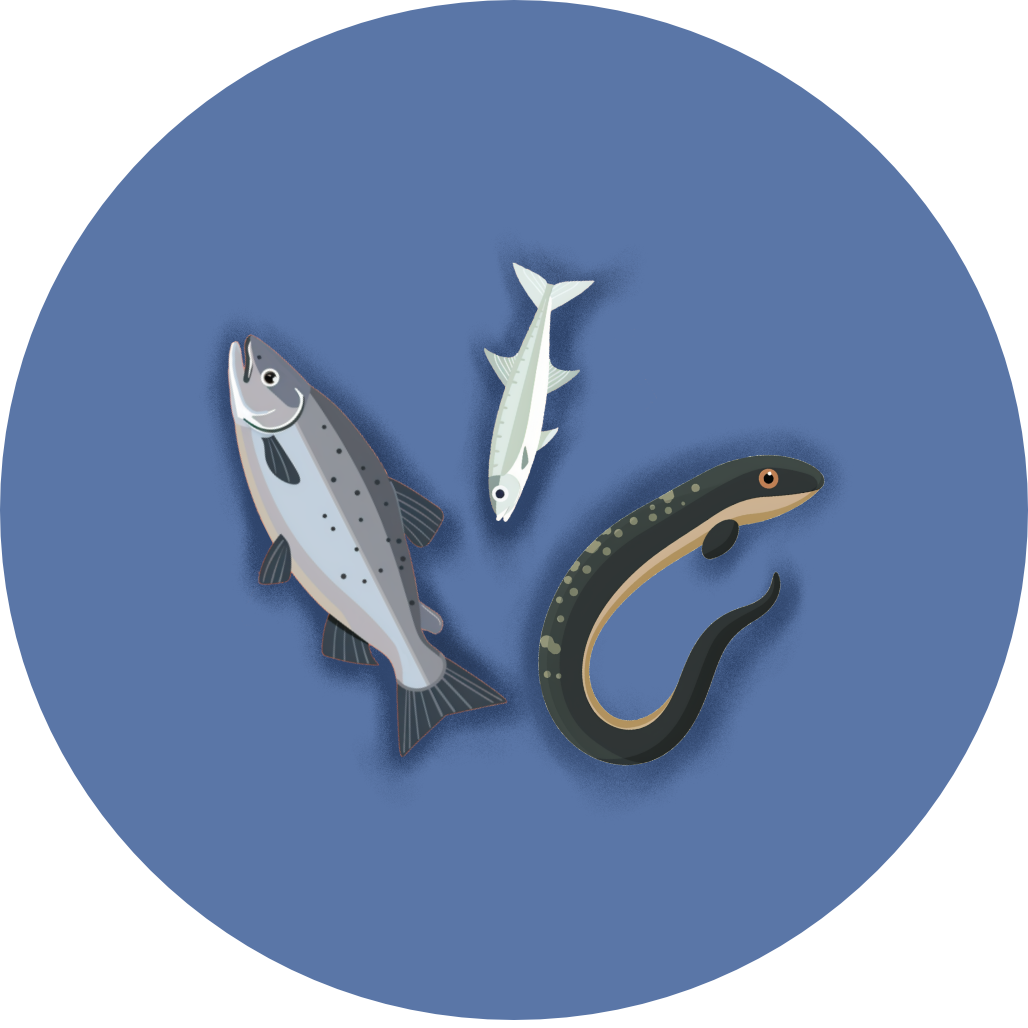
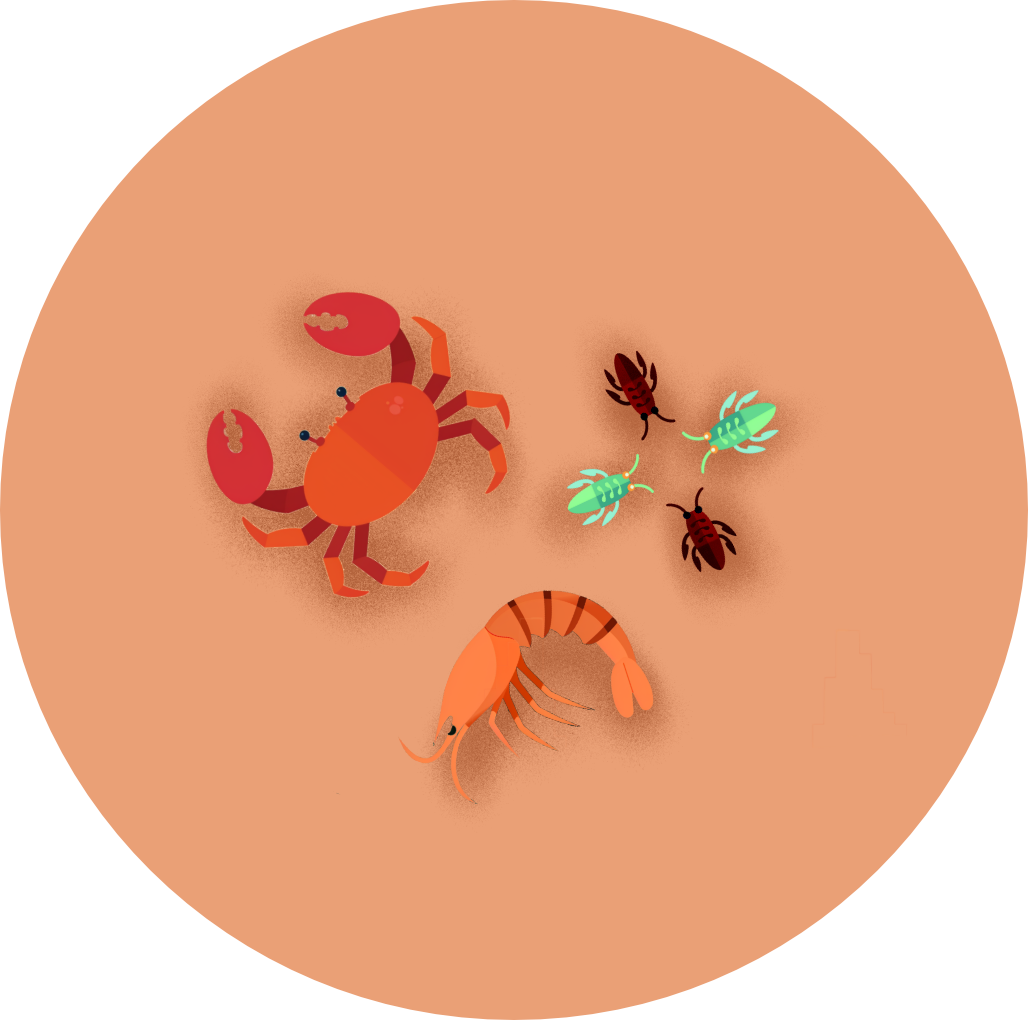
Coming Soon!
Top birding locations will be available in a future update.